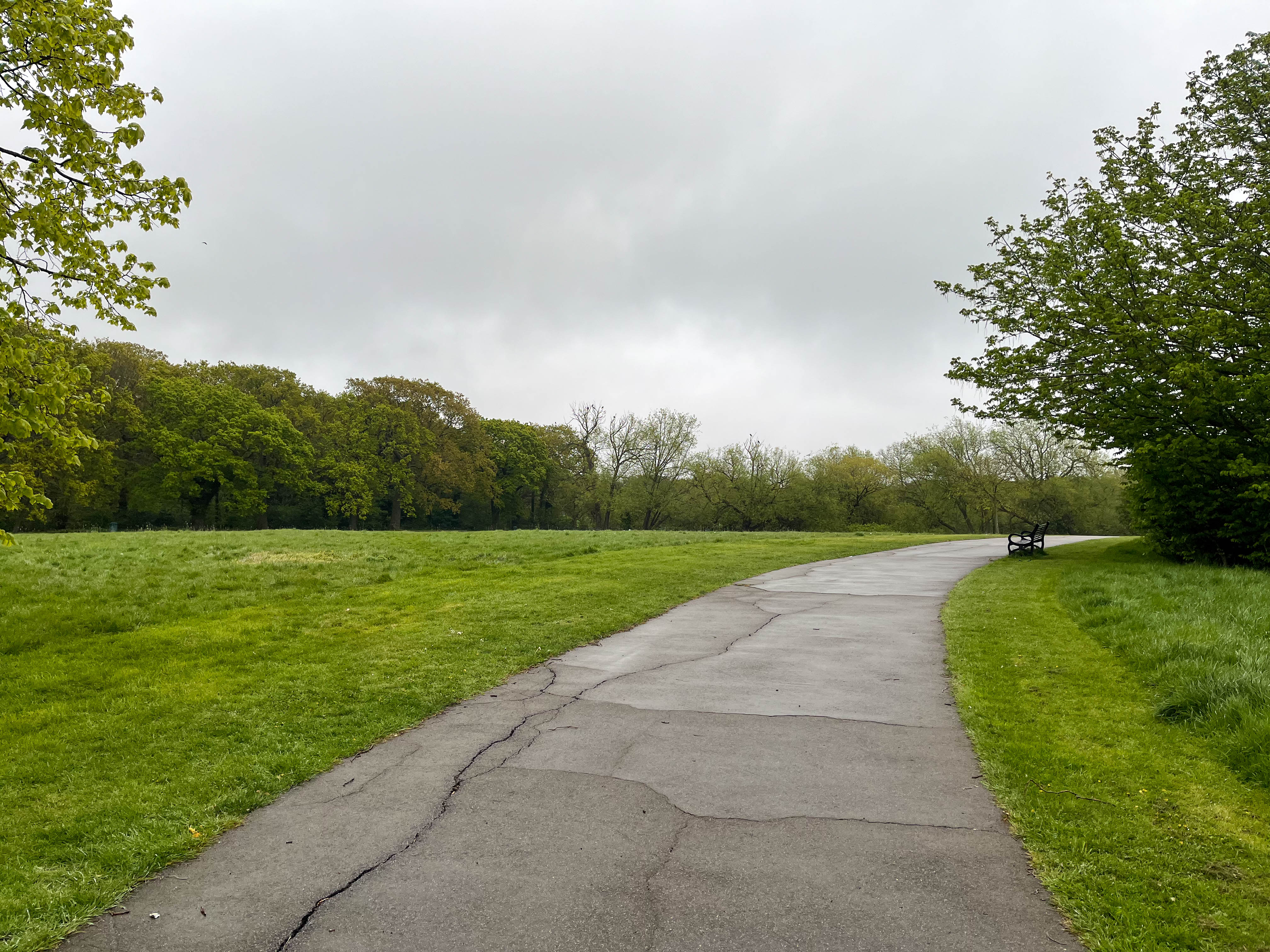On Tuesday this week, I did my first BTO survey of the year in the Eltham Park area. I had last surveyed this area a few years back (pre-COVID) so it was interesting to return.
The route starts in urban streets and here it was good to see a healthy population of House Sparrows present.

This once ubiquitous bird suffered a dramatic decline in the period since the 1980s although some data has suggested that this has been slowly reversing in recent years. Even so, they are still absent from my local patch.



Eventually, the urban streets give way to Eltham Park after which the area is named. This is a mixture of woodland and open space containing a small pond.
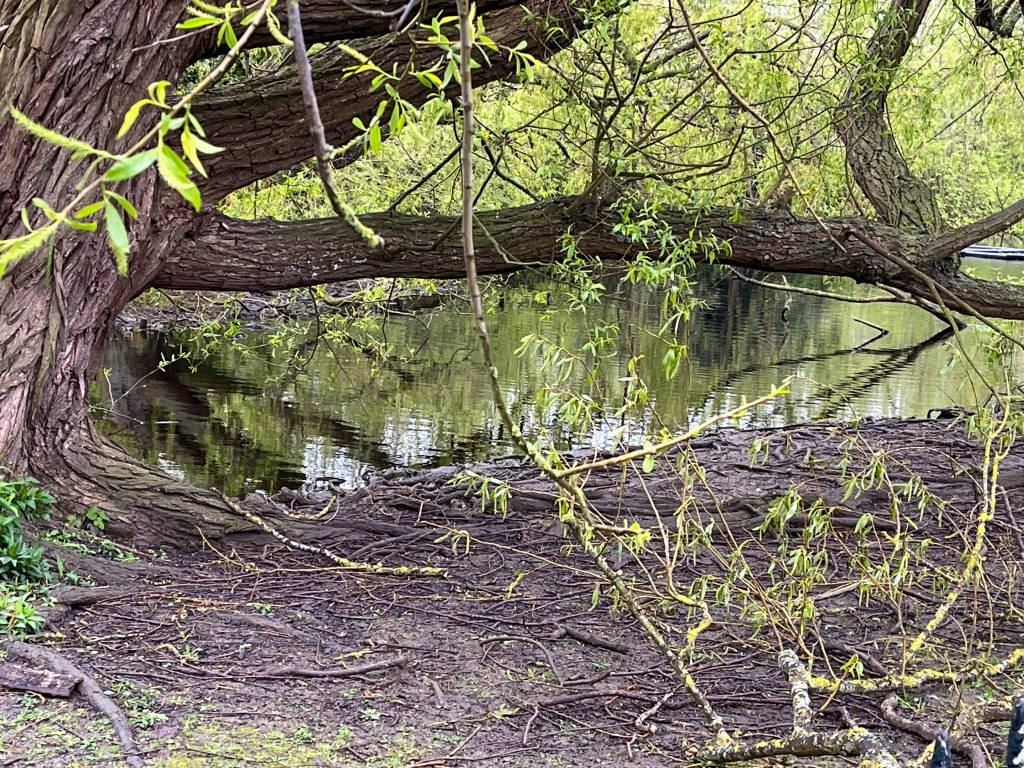
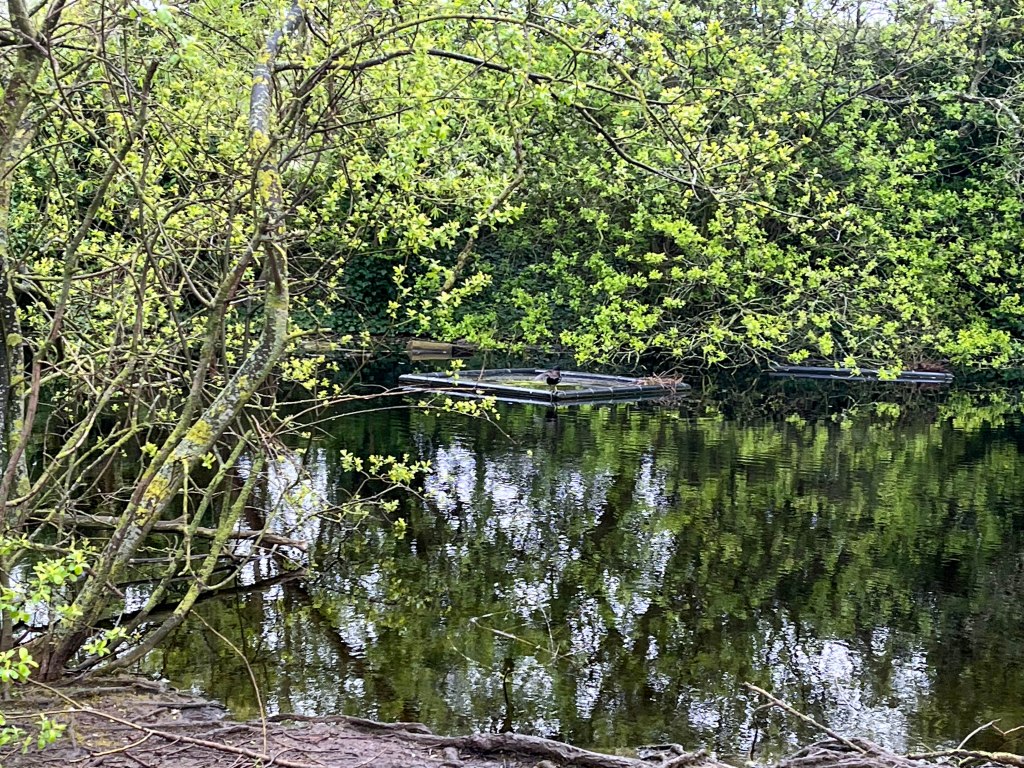
This is a good spot to hear Eurasian Blackcap and Common Chiffchaff, two of our most common summer visitors and both species were singing from their perches in the vegetation advertising their presence.


From here my route takes me through Shepherdleas Woods, where there was a spectacular display of Bluebells, accompanied by the song of Robins and Blackbirds, which in turn were drowned out by the raucous calling of a Green Woodpecker, which seemed so loud that I might have been standing next to it, but which despite my best efforts remained hidden.
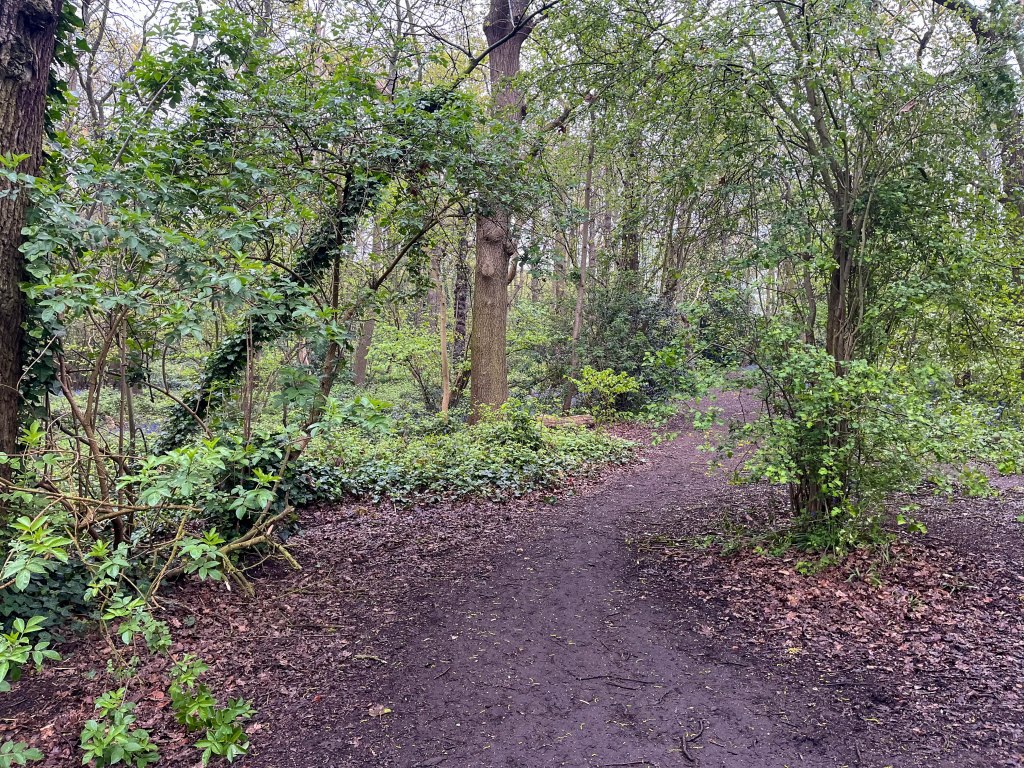


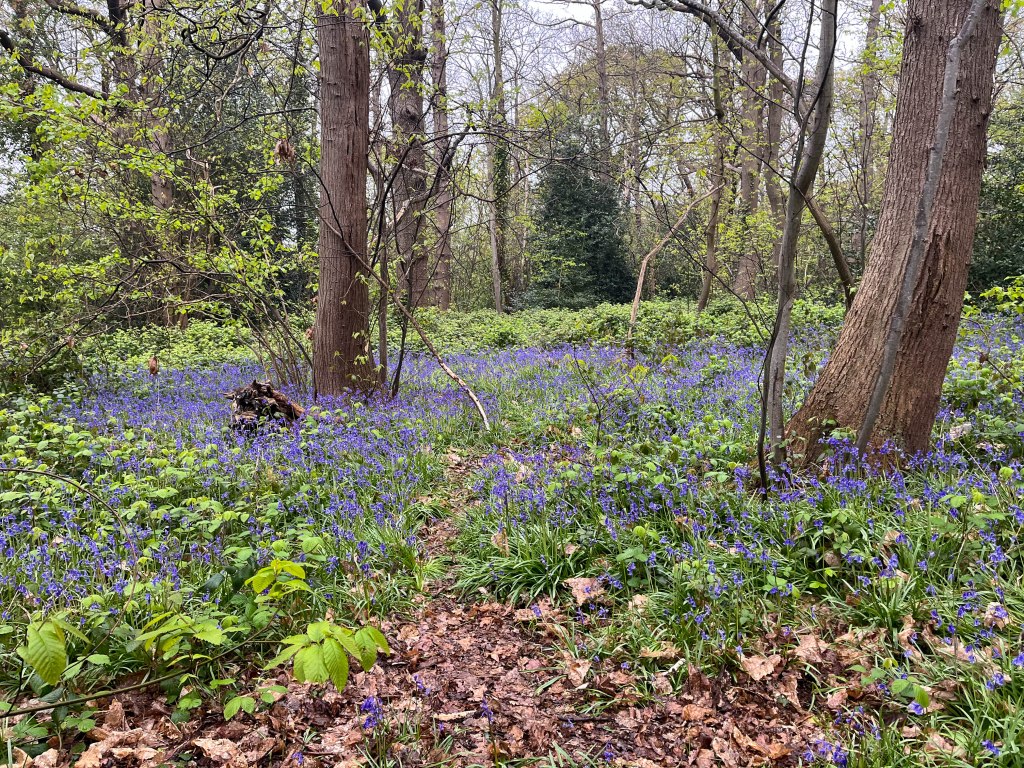
Emerging from the north end of the wood, I enter the lower part of Oxleas meadows, another open grassy area, where the predominant birds are Starlings and Ring-necked Parakeets.

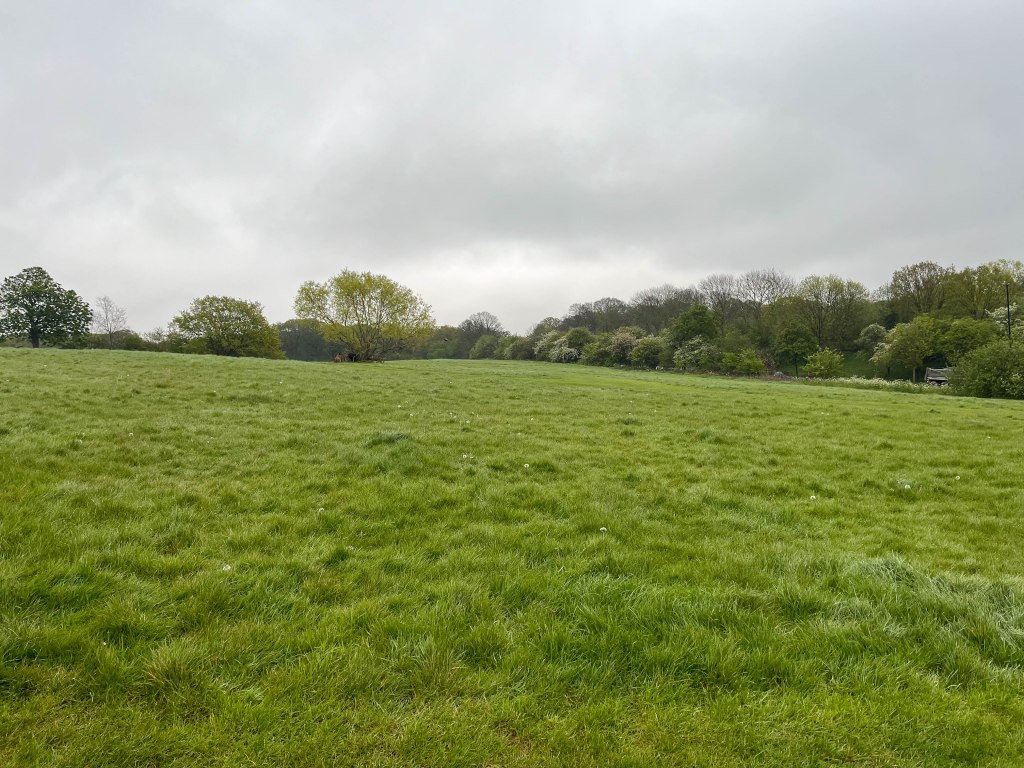
From here my route takes me through more urban streets. Apart from some Woodpigeons and Starlings, these roads seem much quieter than the roads that I walked at the beginning of the route, although they appear very similar in nature, and nothing further was added to the count on my return journey to my starting point.
I recorded 19 species this time and I will return to repeat it later this summer by which time some of our later migrant arrivals such as Swifts should have returned.

